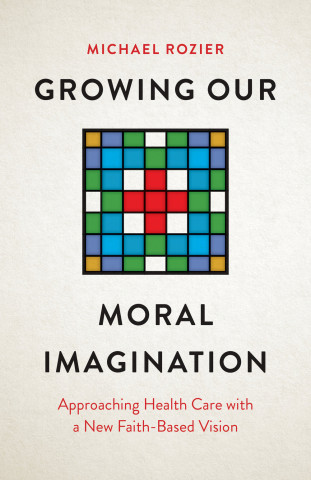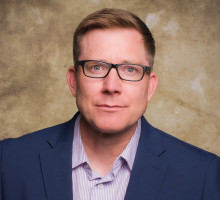
Reviews
In American Kairos, Richard Benajmin Crosby, an associate professor in the English department at Brigham Young University, examines what L'Enfant proposed and how successfully the cathedral has provided it. Crosby explains how the cathedral's identity has changed over time but concludes that because it is in the end a Christian, Episcopal church, the cathedral cannot fully be what L'Enfant envisioned.
Crosby robustly identifies fractures and inconsistencies within American civil religion and shows how those divisions manifested within the cathedral's rhetorical careerAmerican Kairos: Washington National Cathedral and the New Civil Religion is an insightful book that deserves to be on the shelf of any serious scholar of political rhetoric, civil religion, and religious discourse in the United States.
This is a phenomenal book. Insightful and engaging, American Kairos is a brilliant analysis of the Washington National Cathedral, tracing its history, design, and operation through the lens of American civil religion and the sacred symbols that have long shaped public life in the United States. Crosby argues that the complex history of the cathedral parallels the complex history of American civil religion; but more than that, the cathedral illustrates how American civil religion has always been tenuous and conflicted, from the founding era through the present.
American Kairos makes a powerful case for rethinking the basics of American democracy. Crosby deftly synthesizes history, theory, and applied criticism to open vistas more compelling, more timely, more necessary than ever.
Book Details
Preface: A Haunted House
Acknowledgements
Introduction
1. Pierre L'Enfant's Great Church for National Purposes
2. Henry Yates Satterlee's Westminster Abbey
3. The National Church in an Age of Nativism
4
Preface: A Haunted House
Acknowledgements
Introduction
1. Pierre L'Enfant's Great Church for National Purposes
2. Henry Yates Satterlee's Westminster Abbey
3. The National Church in an Age of Nativism
4. Francis B. Sayre the Prophet and Mary Edgar Budde the Pastor
5. Philip Hubert Frohman's Fourth Dimension: A Close Reading of Washington National Cathedral
6. Martin Luther King Jr.'s Sacred Time
7. The Bush Presidents' Rock of Religious Faith
8. Civil Seership: The Revelatory Project of Cameron Partridge and Gene Robinson OR The Revelation of Matthew Shepard
Conclusion: American Kairos
Notes






